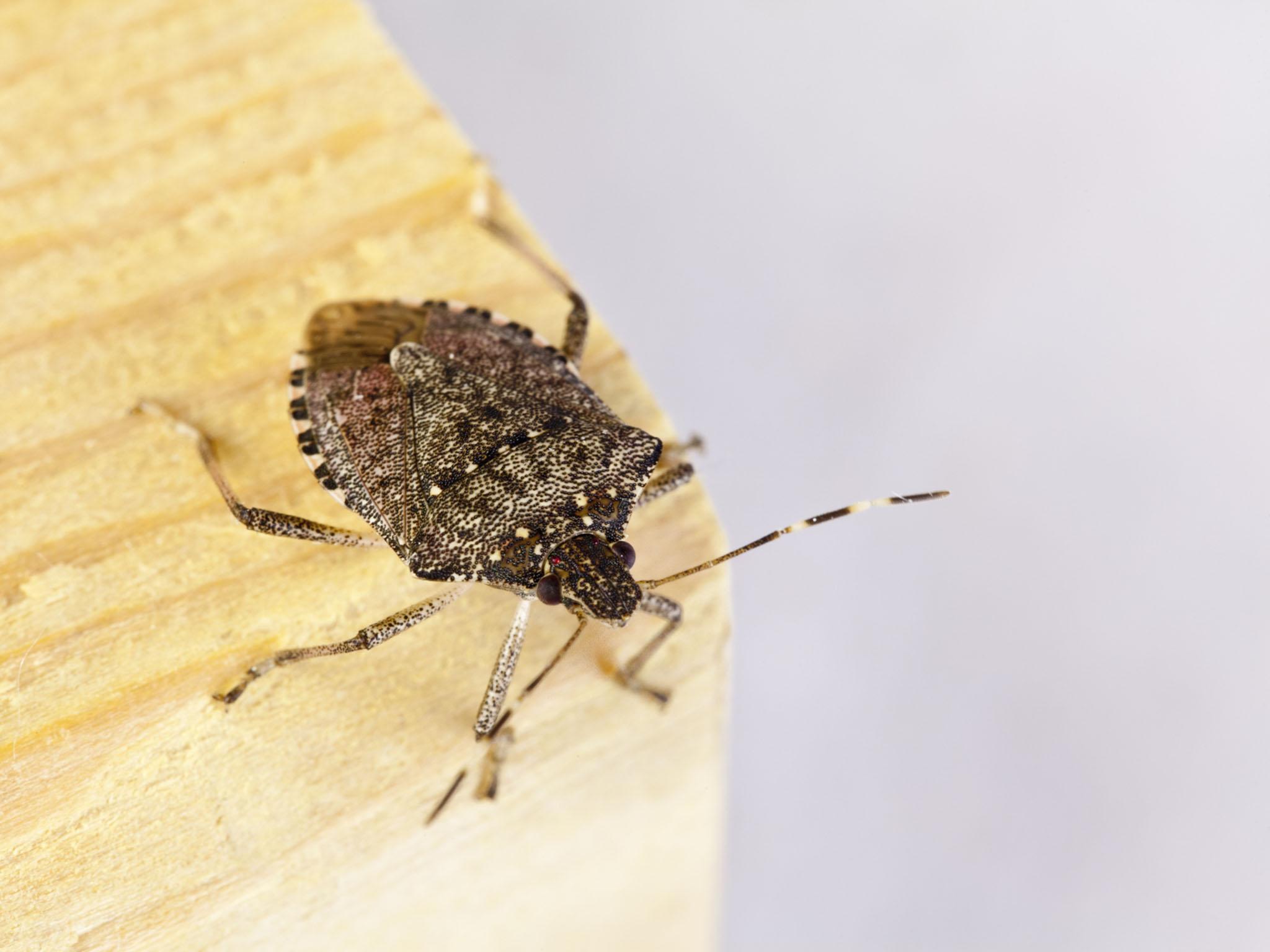Stink bug surge raises fears of threat to UK crops
Global warming has ‘exacerbated the spread of the pests, scientists say

A feared increase in a pest that feasts on fruit and vegetables has raised fears of a possible threat to crops.
Experts have warned that the increase in species of the stink bug could become “problematic” for crops and gardens after one was found in Surrey.
The insect receives its name from the foul smell it releases when threatened, and can grow to up to 1.7cm in size.
One of the bugs was caught by a pheromone trap at the Royal Horticultural Society Garden Wisley, but there is now a fear that there could be a rise in the population of the insects.
Typically, stink bugs feast on fruit and vegetables in the summer. They are known to pierce the outside of produce and suck out the juice causing rot. Stink bugs can get in products made from fruit such as wine, and contaminate the flavour, giving a smell of stink bugs in the drink.

In the autumn and winter stink bugs are known to invade houses and cause stains to curtains and carpets. The brown marmorated stink bug, considered an invasive species, is known to cluster around window frames in large numbers and leave droppings that can create unpleasant-smelling oils when attempting to clean.
Invasive species are said to cost the UK economy more than £1.8 billion a year.
Dr Glen Powell, head of plant health at RHS Garden Wisley said global warming has exacerbated the spread and growing prevalence of stink bugs in the UK.
“While there is currently no evidence of breeding we would expect the stink bug to grow in prevalence and it may become problematic in gardens during summer and homes in the winter months within five-10years,” Dr Powell said.
“The stink bug isn’t the first to land on our shores and won’t be the last, and understanding how we can best manage it is the next challenge for the research community supporting gardeners and commercial growers of fruit and vegetables.”
The pheromone trap involves releasing smells that are familiar to the bug to lure them on to a sticky panel. It’s part of a project being led by The National Institute of Agricultural Botany (NIAB) East Malling and Defra.
One of the first stink bugs was caught in The National History Museum’s wildlife garden by museum scientists. Museum entomologist Max Barclay said: “The trapping programme is more useful as a monitoring device than a controlling one...Trapping is a good way of detecting the presence of the species which might influence your other behaviour, like bug proofing your house, or growing a different that is less susceptible to the pest.”
There are more than 40 species of stink bugs (also known as shield bugs) already present in the UK, however, they pose no threat to plant health and are not considered pests.
A Defra spokesperson said: “The brown marmorated stink bug is not a significant threat but as with all pests and diseases we will continue to monitor any threats closely.”
Join our commenting forum
Join thought-provoking conversations, follow other Independent readers and see their replies
Comments
Bookmark popover
Removed from bookmarks